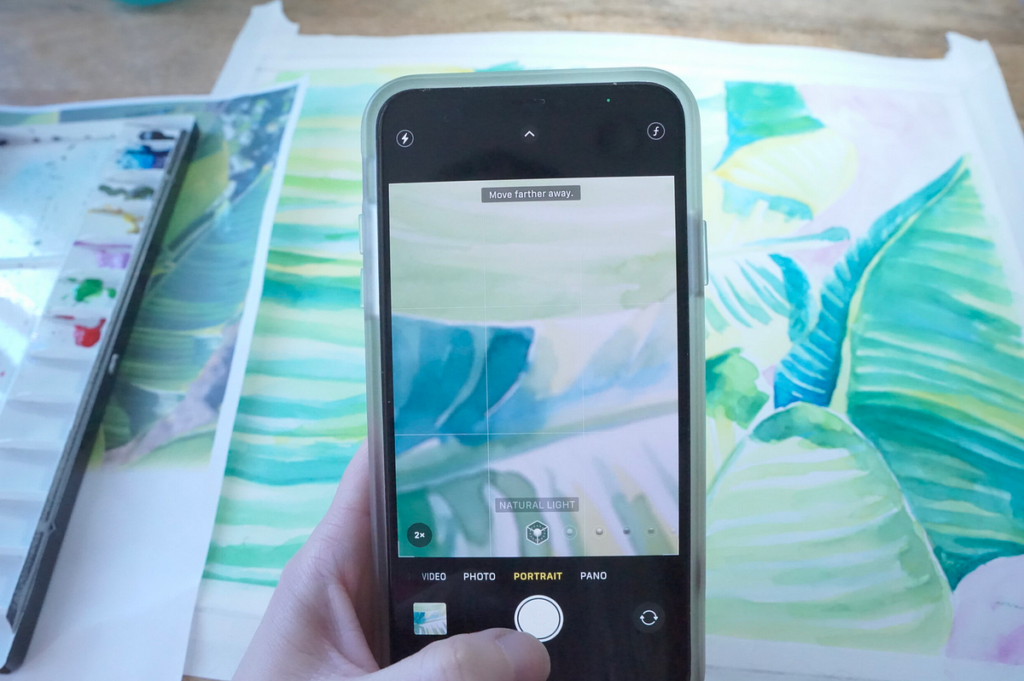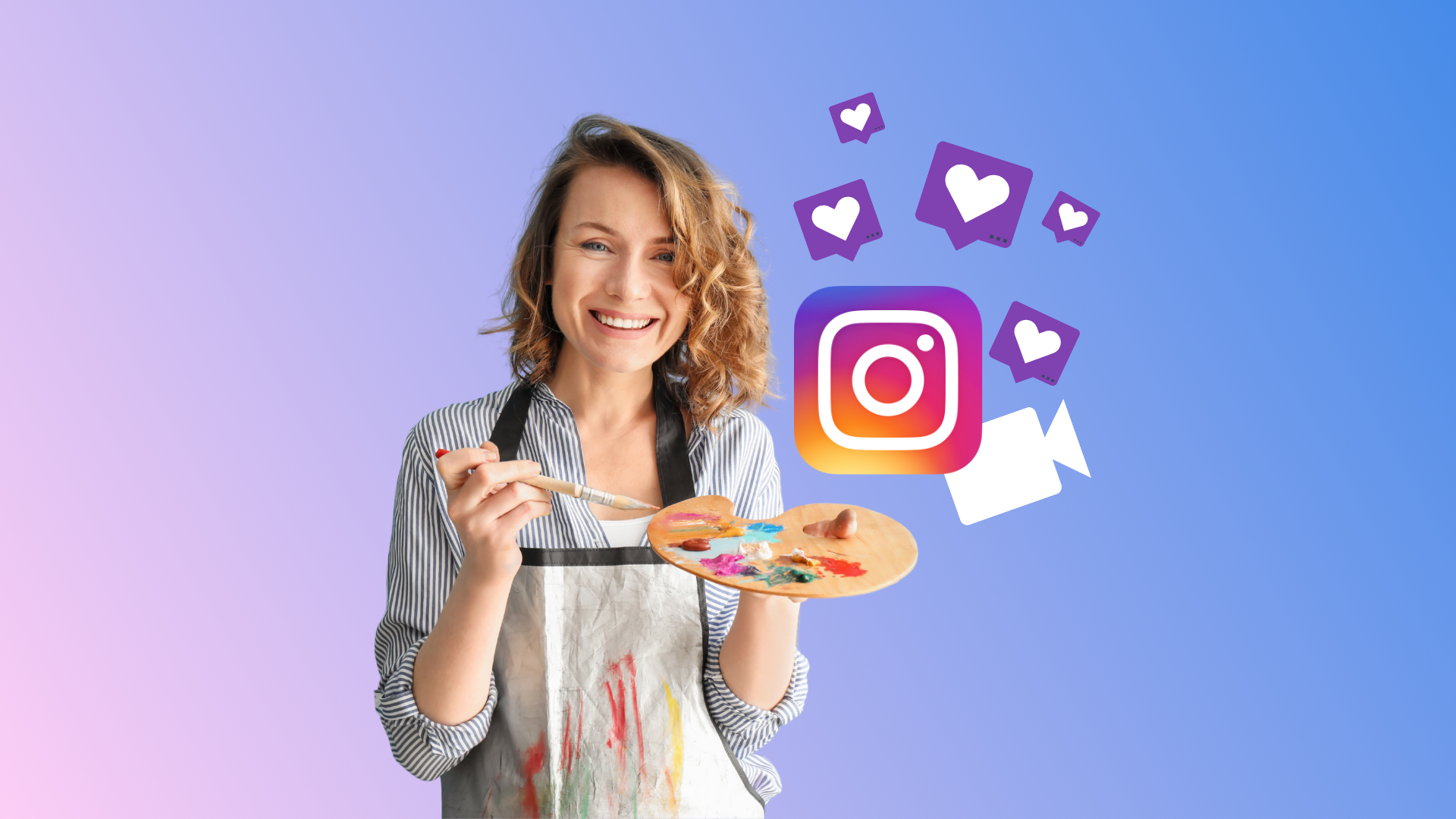
In the age of Instagram, art has taken on a new meaning. The popularity of social media platforms has given artists and art lovers a whole new way to experience and create art. We will explore how social media is changing the art world, from the way we consume art to the way we create it.
Table of Contents
The Rise of the Instagram Artist
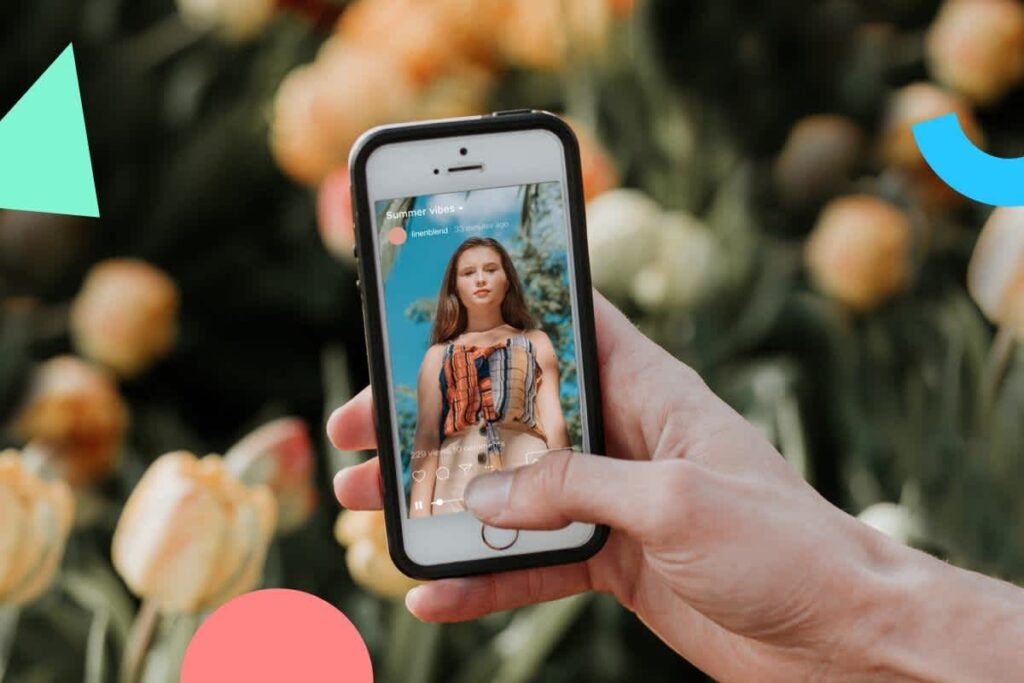
Source: later.com
Social media has given artists a new way to connect with their audiences. Instagram, in particular, has become a platform for artists to showcase their work and build an audience. Artists no longer have to rely solely on the ability to post to a contemporary online gallery or museum to showcase their work. Now, with just a few clicks, they can capture the attention of millions of people around the world. In fact, many artists have become famous solely because of their Instagram accounts.
For example, artist KAWS has amassed more than 3 million followers on Instagram, and his work has been exhibited in galleries and museums around the world. Instagram has allowed artists to become their own curators, presenting their work in a way that best reflects their vision. Artists also have direct access to their audience through social media. They can receive instant feedback and engage in conversations with their followers. This direct interaction allows for a deeper connection between artists and their followers, creating a sense of community and shared appreciation for art.
Benefits and Challenges of Social Media for Artists
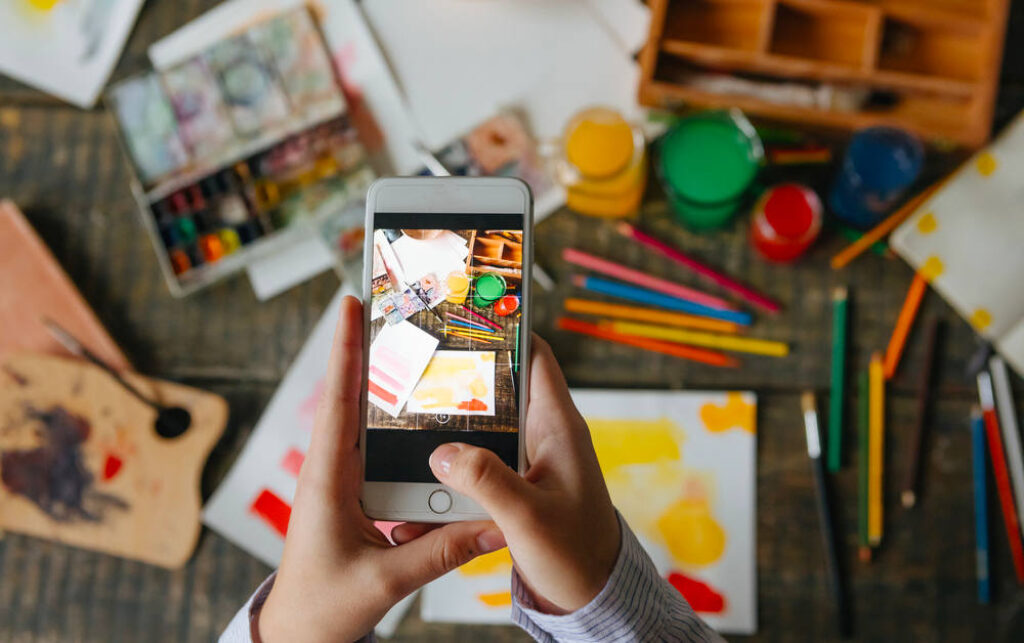
Source: breacorwin.com
While social media has opened up new opportunities for artists, it has also brought about certain challenges. One of the biggest challenges is the pressure to create work that is “Instagram-worthy.” In the quest for likes and followers, artists may feel compelled to produce content that conforms to current trends or popular aesthetics. This can sometimes lead to a focus on creating visually striking images rather than exploring deeper artistic concepts.
Furthermore, the oversaturation of the market on social media platforms presents a challenge for artists trying to stand out. With numerous artists vying for attention, it can be difficult to capture the audience’s interest and gain recognition. This has led some artists to resort to buying likes and followers, which can compromise authenticity and undermine the integrity of the art.
Despite these challenges, social media has provided artists with new opportunities for exposure and collaboration. Artists can now connect with other artists and collectors from around the world, which can lead to new opportunities for exhibitions, collaborations, and partnerships. Social media has made it easier for artists to network and expand their artistic horizons.
How Social Media is Changing the Way We Experience Art
Social media has also changed the way we experience art. Instagram, in particular, has become a platform for art appreciation. Users can scroll through their feeds and discover new artists and artwork they may not have otherwise been exposed to. Social media has made art more accessible, breaking down the barriers between the art world and the general public.
Artists and art institutions are leveraging social media to provide virtual experiences and behind-the-scenes glimpses into the creative process. Virtual reality and augmented reality have allowed users to experience art in a whole new way. Users can now take virtual tours of museums and galleries, allowing them to experience art from the comfort of their own homes.
This has opened up new opportunities for museums and galleries to reach a wider audience and enhance the accessibility of art. Moreover, social media has encouraged the democratization of art criticism and discourse. Users can engage in discussions, share opinions, and provide feedback on artworks and exhibitions. Art is no longer confined to the exclusive realm of experts and critics; it has become a topic of public conversation and appreciation.
The Future of Art in the Age of Instagram
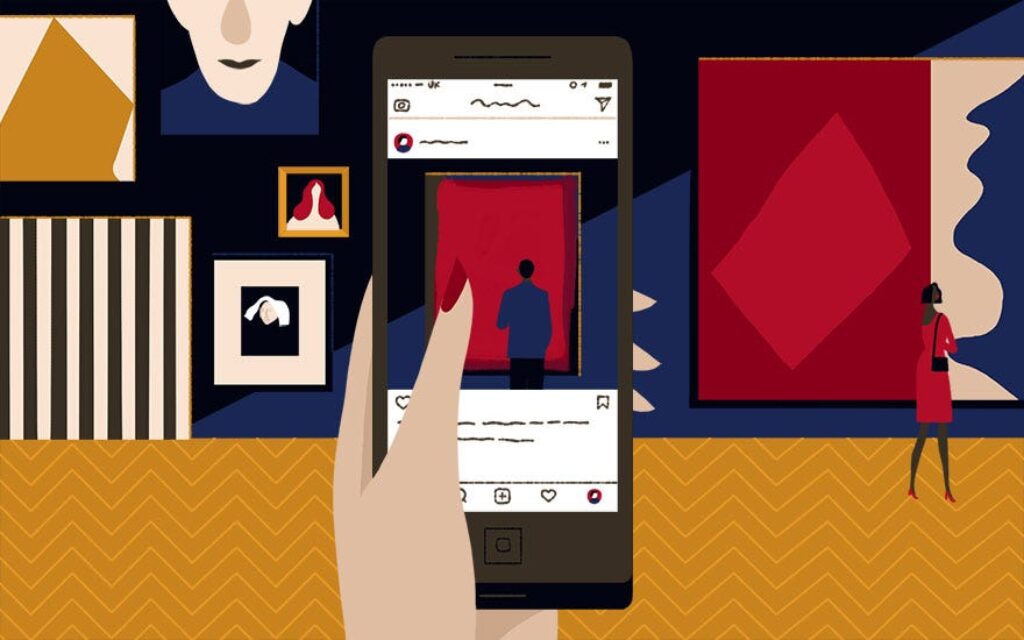
Source: maxjlondon.medium.com
As social media continues to evolve, so too will the art world. Artists will continue to find new ways to connect with their audience, and social media platforms will continue to provide new opportunities for exposure and collaboration. One significant development in recent years is the rise of non-fungible tokens (NFTs) in the art world.
NFTs are digital assets that use blockchain technology to certify ownership and uniqueness. They have revolutionized the way artists monetize their work and interact with collectors. Artists can now tokenize their artwork as NFTs and sell them directly to buyers, eliminating the need for intermediaries such as galleries or auction houses. This has created a new revenue stream for artists and has brought increased attention to digital art forms.
The use of NFTs has also raised questions about the environmental impact of blockchain technology and the sustainability of the art market. As the demand for NFTs continues to grow, there is a need for greater awareness and development of eco-friendly solutions within the blockchain space. Another aspect that may shape the future of art in the age of Instagram is the integration of artificial intelligence (AI) and machine learning.
AI algorithms can analyze user preferences and create personalized recommendations, allowing individuals to discover art that aligns with their interests. This personalized curation can enhance the art consumption experience and expose users to a diverse range of artists and styles.
Additionally, AI-driven tools and applications are empowering artists to explore new creative possibilities. From generating art based on algorithms to enhancing digital editing capabilities, AI is pushing the boundaries of artistic expression. However, the ethical implications of AI-generated art and its impact on the role of the artist are subjects that require careful consideration and ongoing discussion.
While social media has its challenges, it has also created new opportunities for artists and art lovers alike. It has democratized access to art, enabled global connections, and allowed for a more interactive and participatory art experience. However, it is essential to maintain a critical perspective and not solely rely on social media metrics as measures of artistic value.
As we navigate this ever-changing landscape, it is crucial to strike a balance between embracing the benefits of social media while preserving the integrity and authenticity of art. Artists should continue to focus on creating meaningful and thought-provoking work, irrespective of its potential for virality or popularity on social media platforms. Art, at its core, should evoke emotions, challenge perceptions, and contribute to the cultural tapestry of society.
Conclusion
In conclusion, social media has undeniably transformed the art world, revolutionizing the way we experience and create art. It has provided artists with unprecedented access to global audiences, fostering new connections and collaborations. Simultaneously, it has made art more accessible and participatory for the general public.
However, we must navigate the challenges of commercialization, oversaturation, and the potential for superficiality that social media can bring. By striking a balance between the digital realm and the intrinsic value of art, we can harness the transformative power of social media to shape a vibrant and inclusive art ecosystem for the future.

